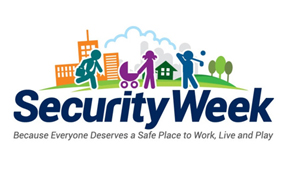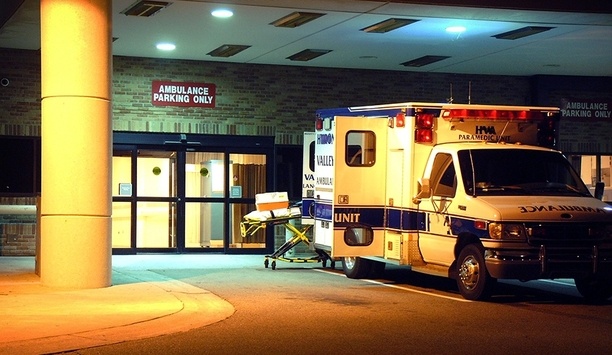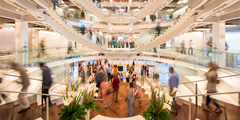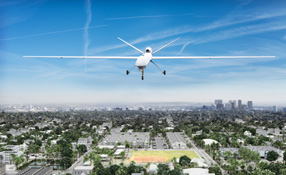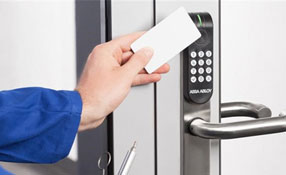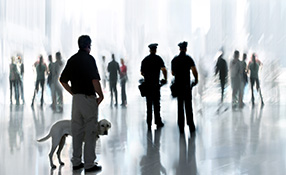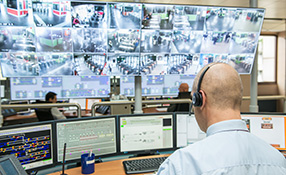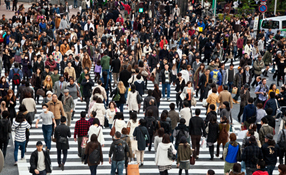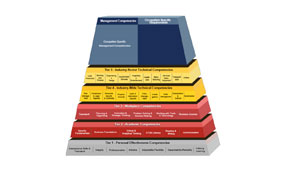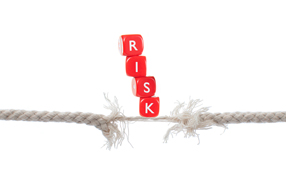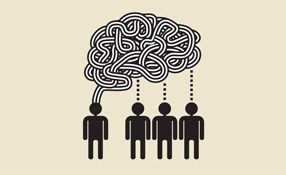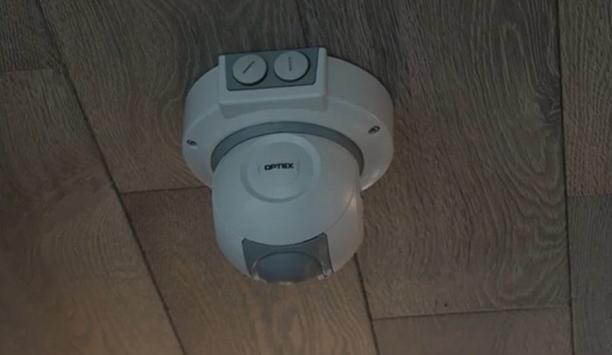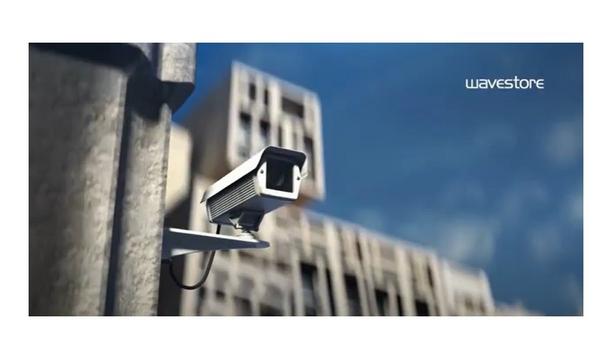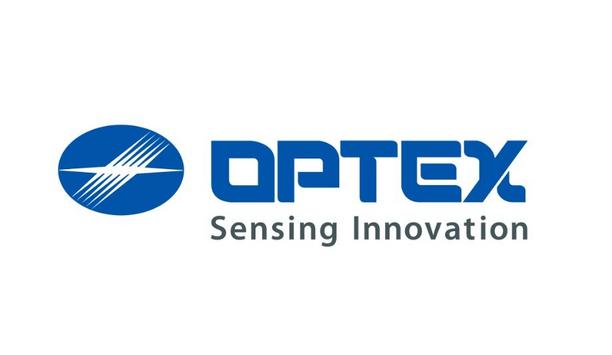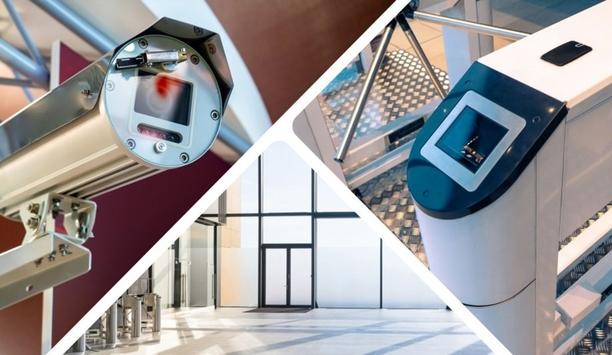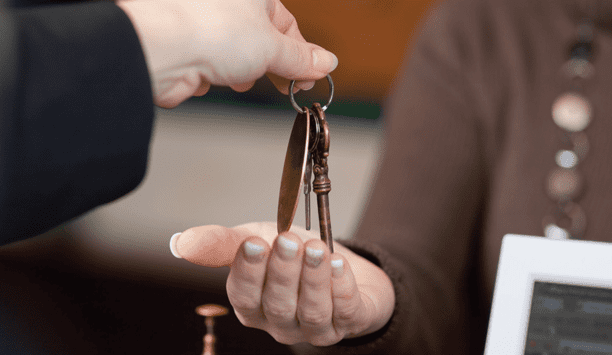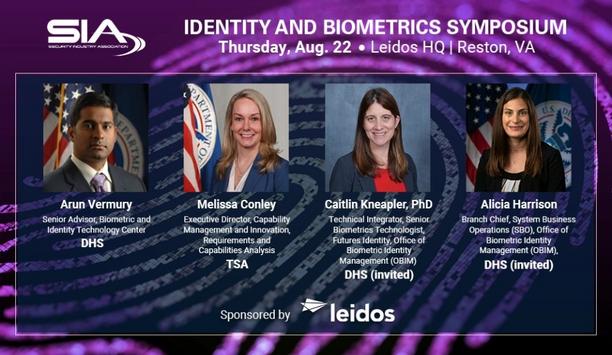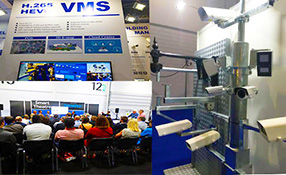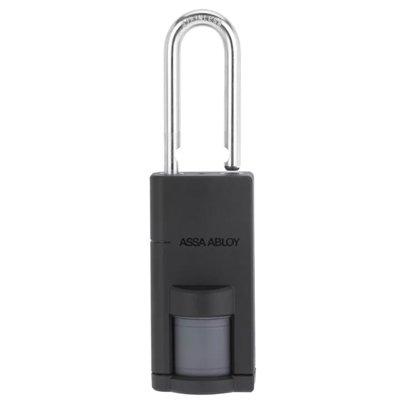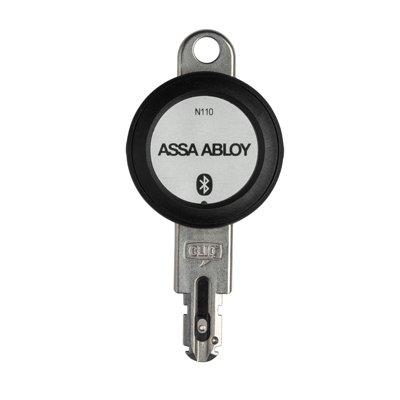 |
| The great increase in the amount of data is driving physical security to the cloud |
Physical security is migrating to the cloud — because it improves the performance of physical security technology while holding down costs.
“Essentially what is happening is that physical security technologies are growing more powerful and generating more and more data,” says Steve Surfaro, business development manager and security industry liaison with Axis Communications, which bases its North American headquarters in Chelmsford, Mass.
“The great increase in the amount of data is driving physical security to the cloud where data can be economically stored and analyzed,” says Surfaro, who also chairs the ASIS Applied Sciences Council. “And we’re seeing more and more cloud-based solutions for physical security.”
For instance, the transit authority in Atlanta has an app you can download to a smartphone, continues Surfaro. Called “See Something, Say Something,” it enables smartphone users, who see a security problem, to take a photograph and upload it into the transit authority’s cloud.
Cloud technology analyses the photo, locates it, focuses the nearest video camera on the incident and alerts the security officer monitoring the camera.
What Is The Cloud?
The cloud can provide a full portfolio of physical security services for a fraction of what you would pay to own the storage, computing power and applications that add up to physical security |
A large number of servers connected together and in turn connected to the Internet forms a cloud. A server is a computer with much more storage and much more computing power than a desktop.
A single Amazon Web Services data center has between 50,000 and 80,000 servers. All told, observers estimate that Amazon Web Services may have between 3 million and 5 million servers.
The other major cloud services — Google, Microsoft, VMware, Citrix and others — each probably has well over 1 million servers.
The cloud itself is a gigantic set of hardware that provides storage, computing capacity and applications that end-users rent. The applications, often referred to as Software as a Service or SaaS, include physical security services such as access control and video surveillance.
Access Control In The Cloud
“To use the cloud for access control, you build a small local network that includes card readers connected to an access control panel,” explains Surfaro. “Then the local network connects to the Internet, which will connect you with your cloud provider.”
Some companies build their own clouds and connect their access control networks by way of an intranet.
The cloud SaaS stores and analyzes access control events. In fact, the application will probably run at both the cloud location and your location. “You will be making access decisions locally and won’t want to connect to the cloud every time you open a door,” Surfaro says. “The cloud will analyze transactions, because the analysis requires the level of computing power available there.”
Now Add Video
The cloud itself is a gigantic set of hardware that provides storage, computing capacity and applications that end-users rent. The applications, often referred to as Software as a Service or SaaS, include physical security services such as access control and video surveillance. |
Video works differently than access control. The cameras connect to the cloud video management application through the company network and Internet (or intranet for private cloud owners).
Video requires a lot of bandwidth, which would be more expensive to store on the cloud than on local servers. So users typically store video locally.
When you request an analysis, the cloud application retrieves only the pertinent data from the local storage and performs the analysis in the cloud.
Putting It Together
With these systems, you can ask the cloud for a list of who carded into a building in your Austin, Texas, office park last night. A couple of laptops are missing, and the system did not alarm for a break-in. So the thief probably had a card.
You can request video of anyone that entered. You can also ask for motion-activated video. That may well show where the person went. Did he or she go toward the offices with the missing laptops?
The cloud can provide a full portfolio of physical security services for a fraction of what you would pay to own the storage, computing power and applications that add up to physical security.
“Other advantages include scalability,” says Surfaro. “Your cloud system can get bigger when needed and smaller when you don’t. You pay for what you need as you go.”
Get your head up into the clouds. There are many physical security benefits up there.


